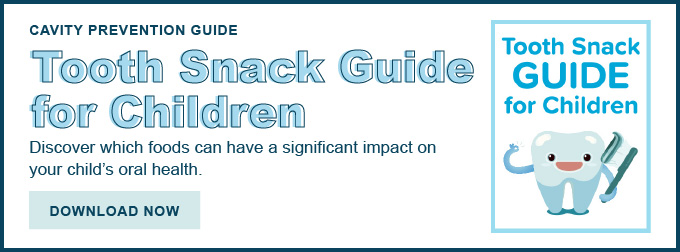Frenectomies in Muscatine are the best way to resolve tongue and lip ties. But once…
Where Are Cavities Most Likely to Be Found?
When it comes to your child, cavity prevention is more than half the battle. The good news is with proper dental care, cavities are nearly entirely preventable. But what if it’s too late and a cavity has already began forming? As parents, many of us know that despite our best efforts, cavities can and do happen. We all want to keep our children’s mouths healthy, and making sure cavities are treated as soon as possible is critical to dental health. That is why it is essential that as parents we familiarize ourselves with the early warning signs that a cavity may be forming.
Schedule Your Child’s Next Muscatine Dentist Appointment to Prevent Cavities
Call Our Muscatine Office (563) 607-5979
Where Are Cavities Most Common or Most Likely to Be Found?
When you are checking your child’s mouth for cavities, these are the areas you’ll want to pay especially close attention to.
Related: Are Cavities Genetic? The Science Behind Tooth Decay
Molars and Premolars
The grooves you will find on the chewing surfaces of your child’s molars are a breeding ground for the bacteria that cause cavities. This is because these grooves can collect sticky foods that contain sugars and starches. This makes it so harmful bacteria that can secrete acid that can damage the surface of the tooth.
Between the Teeth
It can be difficult to fit your child’s toothbrush into the spaces between your child’s teeth, especially in the back of the mouth, where the molars touch each other. This makes removing damaging bacteria and acids from this area especially challenging, so good oral hygiene habits are important to prevent cavities. Cavities between the teeth are more common in baby teeth, and they can be difficult to see without an x-ray.
Above the Gumline
The surface of your child’s teeth just above the gumline can be a problematic area for children who drink a lot of juice, sodas, or other sugary beverages. This is because the sugars and acids in these drinks can cause can coat the teeth in the area around the gumline, which can lead to the formation of a cavity.
Related: 6 Sticky Cavity Causing Foods [Infographic]
On the Roots
The surface of the root of your child’s teeth is softer than the enamel, and when it’s exposed due to periodontal disease it can lead to the formation of cavities. Luckily for most kids the gums cover the roots of the teeth. Regular visits to your pediatric dentist can help spot the early signs of periodontal disease so it can be treated before cavities begin to form.
Around Existing Fillings
While discovering cavities forming around your existing fillings is common in adults, it can also happen in children who have fillings that may have become weakened. This is because a fractured filling can leak around the edges, giving plenty of opportunities for bacteria to accumulate in the area.
Cavity Symptoms to Watch Out For
It’s smart to check your child’s mouth for these early warning signs on a regular basis.
- Sensitivity to hot or cold food or beverages
- Painful chewing
- Appearance of white spots
- Light brown discoloration
- Coloration that becomes darker over time
- Small hole becomes visible
- Chips or cracks appear
Even if no visible signs of a cavity are apparent, it is still important to schedule regular dental visits because small cavities may not be apparent.
How to Prevent Cavities
The good oral hygiene habits that lead to strong, healthy teeth begin at birth. Follow the age-appropriate brushing and flossing habits that have been recommended by your dentist, and visit your pediatric dentist twice a year. Diets high in sugar and carbs promote tooth decay, so be sure to offer healthy snacks. If your baby is using a bottle, be sure to stick to breast milk, formula, or plain water. After your child’s first birthday it is recommended they switch to a cup. By following these tips, you can help prevent cavities or avoid them altogether.





